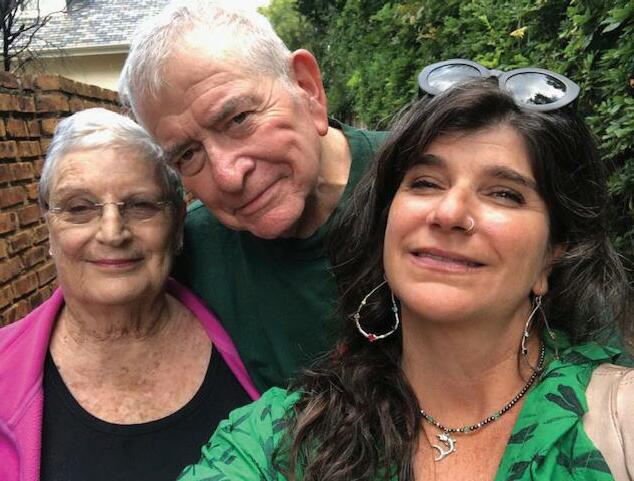
9 minute read
LAUGHTER AND TRAUMA
AUTHOR INTERVIEW Laughter and trauma
JOANNE FEDLER
Dov and Joanne Fedler have just published a decidedly different book about the Holocaust. Gagman is a graphic novel and a literary work. The Jewish Report spoke with Joanne.
Tell me a little about Dov Fedler and Joanne Fedler.
Dov was born and bred into the golden age of comics (the 1940s). He picked up a pencil at the age of four and has never stopped drawing. Johannesburg has been his home for 82 years. He was the Star newspaper’s political cartoonist for 50 years. On a trip to the US more than 40 years ago, he met with The Lubavitcher Rebbe who told him to “finish your book”. Dov believes Gagman is the book the Rebbe was referring to though at the time he hadn’t begun to write it.
Joanne is a speaker, publisher, writing mentor and internationally bestselling author of 14 books including Secret Mothers’ Business, Things Without a Name and Unbecoming. She is Dov’s writing mentor, editor and middle daughter.
Give me a snapshot of the book Gagman. What is it about?
Gagman is a comedian in a Nazi concentration camp who survives by making the commandant laugh. He lives on the edge of madness. He escapes to the new world to find the meaning of life, post-hell, with a comic book of Superman in his hands.
How did your father and you come to combine your skills to produce it?
My dad has been working on Gagman for 35 years. I first heard him speak about it when I was 19. After writing a draft, he then began to draw images of the book burning in Berlin and of Gagman in the camps telling jokes to the commandant.
Eventually, a project that has brewed for too long becomes habitually unresolved and can feel unresolvable. Too many drafts can dissipate the energy of an idea, making it impossible to tame. When my mother was diagnosed with cancer at the end of 2020, I knew I had to distract him while she was having chemotherapy and I realised that I had to put my hand up to finish this intergenerational project. Dov had all but given up on this book ever being birthed. He gave me complete control and I took all the drafts, forensically picked them apart and stitched together a coherent narrative. I made hundreds of difficult editorial decisions and came up with a “solution” to the “unfinishable” nature of the story.
Why a hybrid tome, namely part graphic novel and part literary fiction? Why not one or the other?
Dov is first and foremost a political cartoonist and after writing a first draft, his pen began to itch with images to animate the text. The images become a sort of “commentary” on the text, which is also broken into comedian’s notes and literary chapters.
It has taken your father 35 years to complete. Why so long?
The book is Talmudic, Kabbalistic – it engages myth, comedic spiels, comic book culture, as well as the most difficult period in Jewish history.
Some of Dov’s family died in the concentration camps, causing his mother to die of a heart-attack at the age of 55. His father then married a Holocaust survivor who had lost her son and husband in the gas chambers. Dov had to wade through this intergenerational haunting to get to Gagman.
Who do you think the book will appeal to?
Anyone who is interested in the Holocaust or the role of humour in overcoming trauma. Its 47 illustrations evoke echoes of Maus by Art Spiegelman, but it is a rich literary text at the same time.
From left: Dorrine, Dov and Joanne Fedler (photo taken in South Africa in March 2020). Dorrine passed away in October 2021.
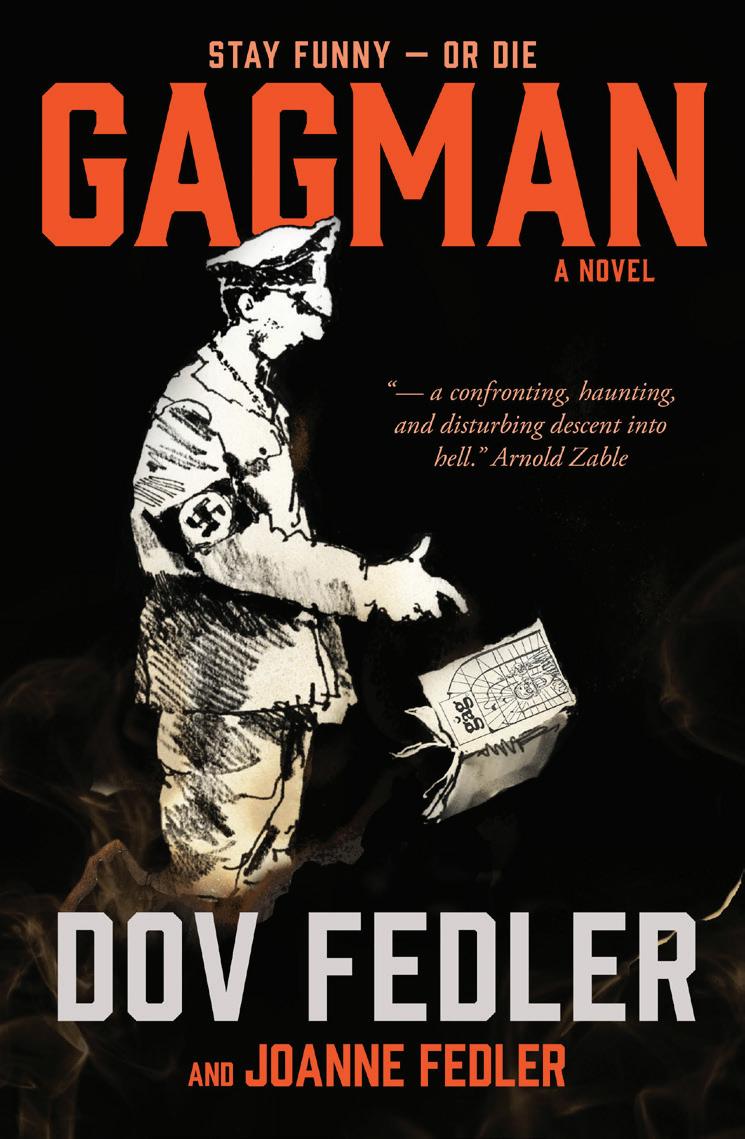
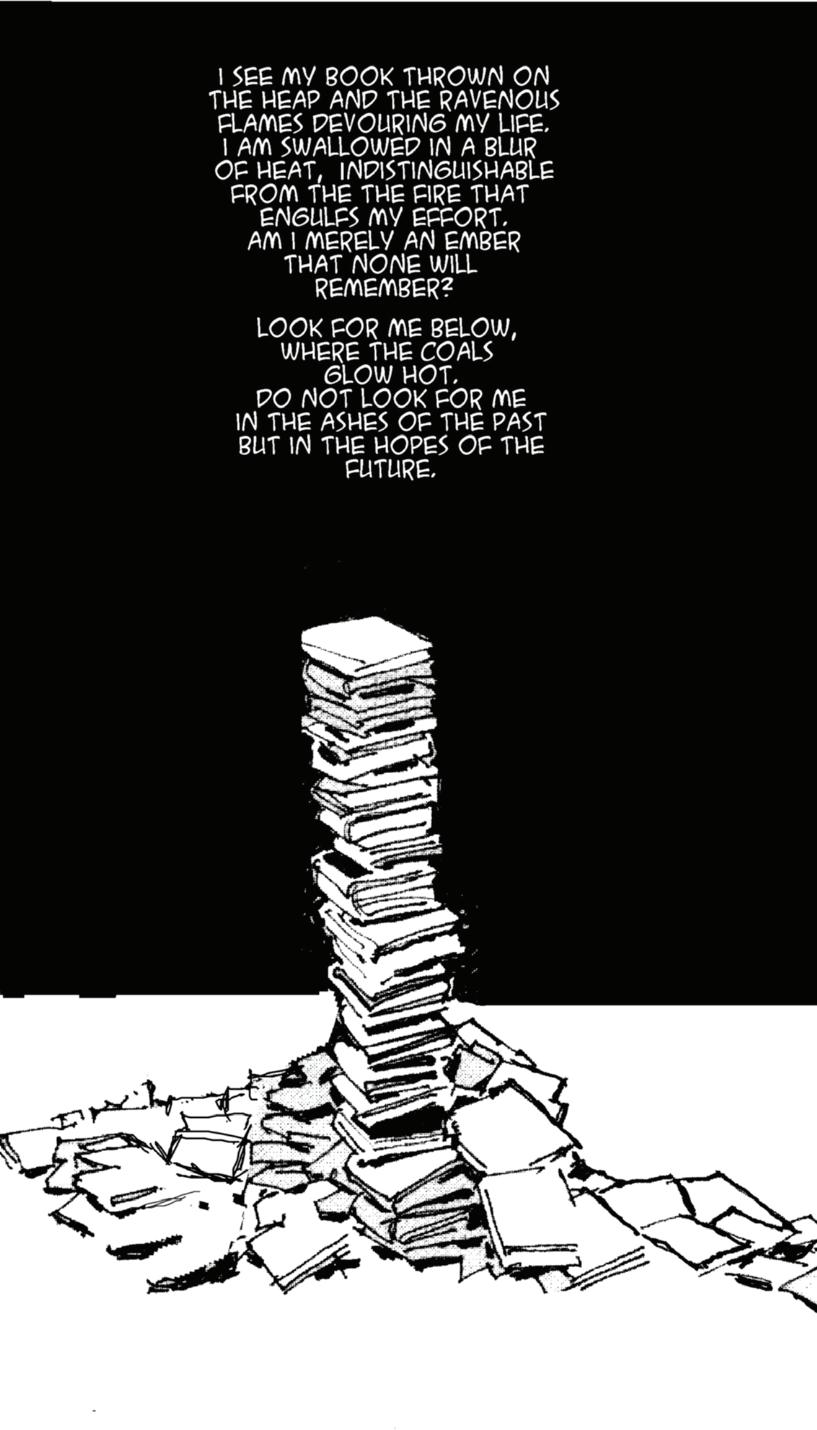
What would you like people who read the work to take away from the experience?
Dov wants readers to have a rattling good read and emerge with a deeper understanding of racial discrimination and the horrors to which it can lead. He hopes the book instils a sense of hope about the power of the mind, humour and laughter to help us survive the unimaginable traumas of this world.
Would you collaborate with your father again and if so, on what?
This is the fourth book I have helped my father write. I coached him through writing his memoir, Out of Line. I wrote the content and published If You Can Write, You Can Draw and I mentored him through the writing of Starlite Memories, about a time when he wrote and directed a movie in Zulu despite not being able to speak the language. I think I have honoured my father sufficiently to say, “he’s on his own from here”.
So, what is next up for Joanne Fedler?
I am launching a mindful swimming program for women and am hoping to use my skills to help companies and movements that are fighting climate change. Also, my novel Things Without A Name has been optioned for a six part TV mini-series.
You can buy Gagman by clicking onto this link: https://www.booktopia.com.au/ gagman-dov-fedler
AROUND THE COMMUNITY
RABBI GABI KALTMANN ARK CENTRE
I recall that in one of my discussions with another faith leader they said: “Your religion seems to have so many festivals and feasts.” I replied that while many Jewish festivals are indeed joyous, there is a distinct difference between the “feasting” and “fasting” ones and not all are alike.
Shavuot is truly representative of the best aspects of our religion. From engaging children through the dairy and ice-cream parties and adults by way of a mini festival of ideas and discussion inherent in the Tikkun Leil (all-night) learning programs, there is a distinctly festive mood.
The Jewish people are known as “the People of the Book”. The term is derived from our dedication to text and scholarly pursuits, which are inherent in our festivals and lifestyle.
Out of all the Jewish festivals Shavuot retains significance as one of the “Shalosh Regalim”, namely the three pilgrim festivals. The others are Pesach and Sukkot, in which one can be seen making a pilgrimage to Jerusalem to visit the Temple. Shavuot also coincides with the harvest season in Israel, a particularly joyous time marking the end of a long year of waiting for crops to mature.
Shavuot ties itself to the exodus from Egypt through the confirmation of the Jewish people being chosen to receive G-d’s Torah. The Torah, the lifeblood of our religion and way of life, continues to define our day-to-day lives, as well as our greater purpose. While previously we were slaves in Egypt and were chained to a slave-like mentality (where we did not think we deserved better), Shavuot represents the revelation in which we accepted the obligations of the Torah and the values it imbues.
During Shavuot there are a number of customs. Dairy products are consumed, as the Jewish people had not yet received the Torah and were unsure of which animals were kosher. Many synagogues are decorated with flowers and greenery to represent the beauty that flowered on Mt Sinai as the Torah was given.
It is also customary to read one of the five Megillot, namely the Book of Ruth. This book is linked to Shavuot through its setting during harvest time. It teaches timeless values of welcoming the widow, taking care of the poor and needy, and loving the convert. The commentator Baal HaTosfos notes that the commandment to “love and care for the stranger and convert” is mentioned up to 46 times (depending upon how one counts) as a reminder of our history as people who were strangers and converted.
Despite our tradition imploring us to welcome the stranger and convert, there is still work to be done. Leviticus 19:34 reads: “… the stranger that dwells with you shall be to you as the home-born among you and you shall love him as yourself …” This verse provides instruction on how we are to treat converts and strangers. We are commanded to show consideration and compassion to them. As a rabbi who works closely with multifaith and multicultural communities and runs a conversion program out of the Ark Centre, I try to live my life by this commandment. While joining the Jewish people is a serious commitment and requires genuine consideration, that should not preclude people within our faith from welcoming the convert.
Genuine converts, people who really want to join the Jewish people, encounter many obstacles. They question their own motivations. They feel crippling doubt about their choices and religion. They feel that they are inadequate and need to do more to prove themselves. Often, their families may feel like they are losing them, adding to their burden.
For me, Shavuot will always primarily be about the deeper values that our religion has imbued. We dedicate so much of our time to providing for the sick, needy and poor because our ancestors and the Torah have shown us that this is the path to a good and meaningful life. We dedicate ourselves to loving people, even those that come from different places, because we recall our past as slaves and strangers. It is important to recall the most famous convert to Judaism, Ruth, who declared: “Your people shall be my people, your God, my God”. Our tradition commands us to be welcoming. Shavuot is our reminder.
Being welcoming is not an exclusively Jewish value, but as Jews we have the extra requirement to welcome those who need it most, because we were once strangers.
Shavuot – a welcoming festival
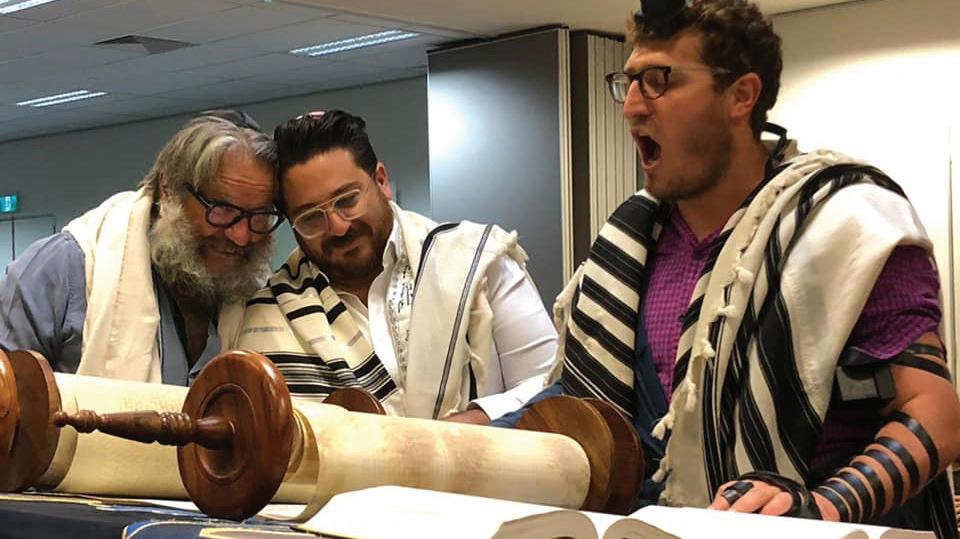
For the People of Israel – RARE – ARGYLE PINK
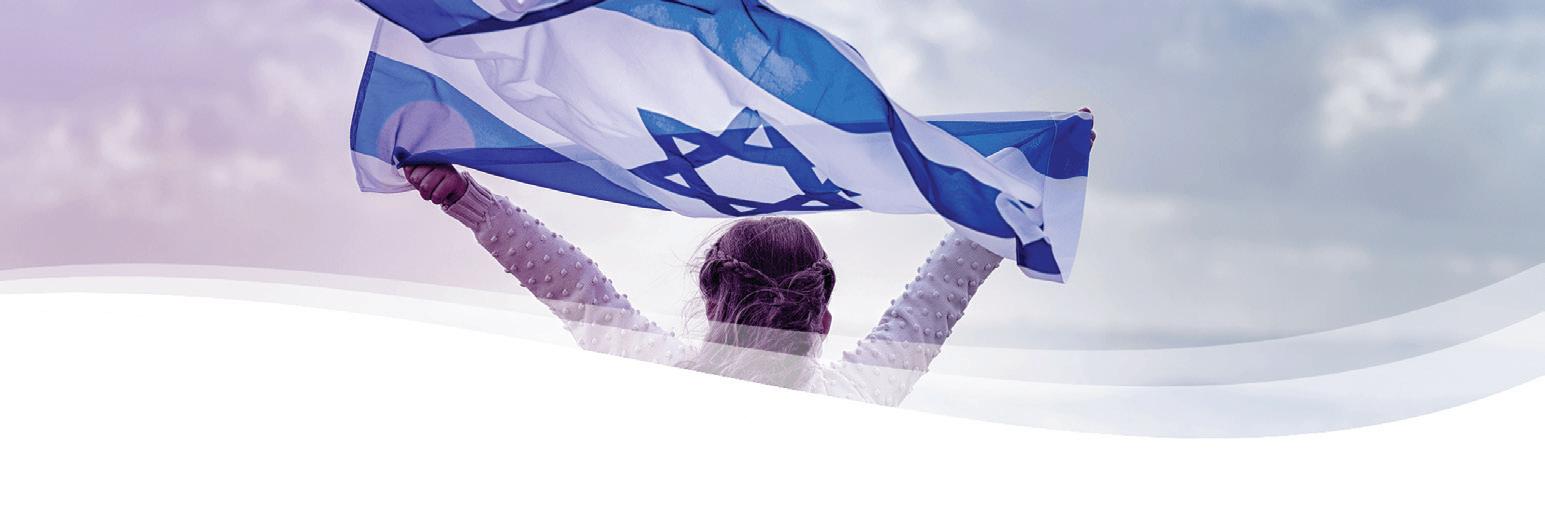
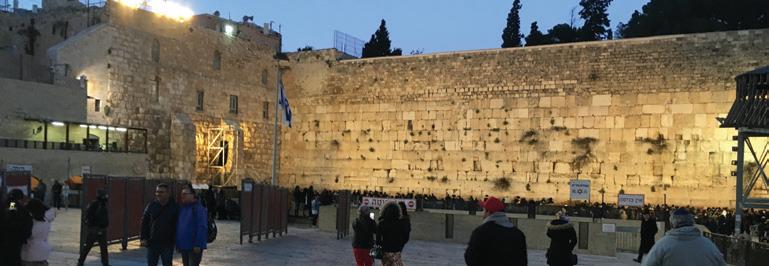
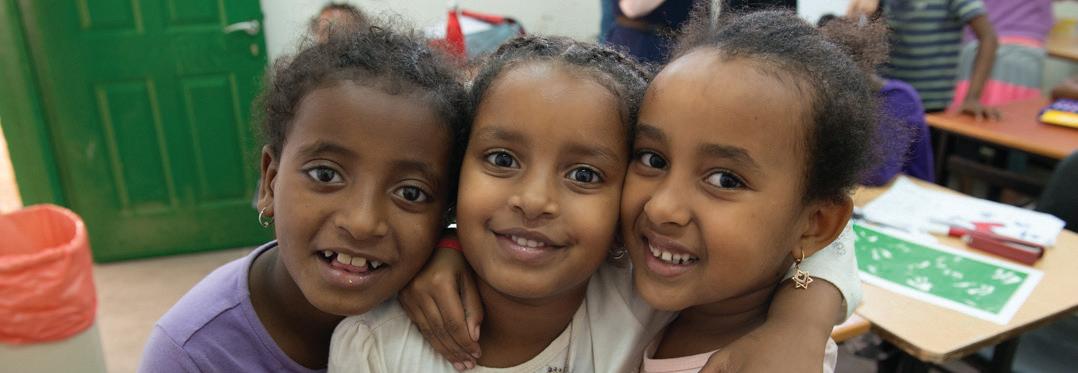
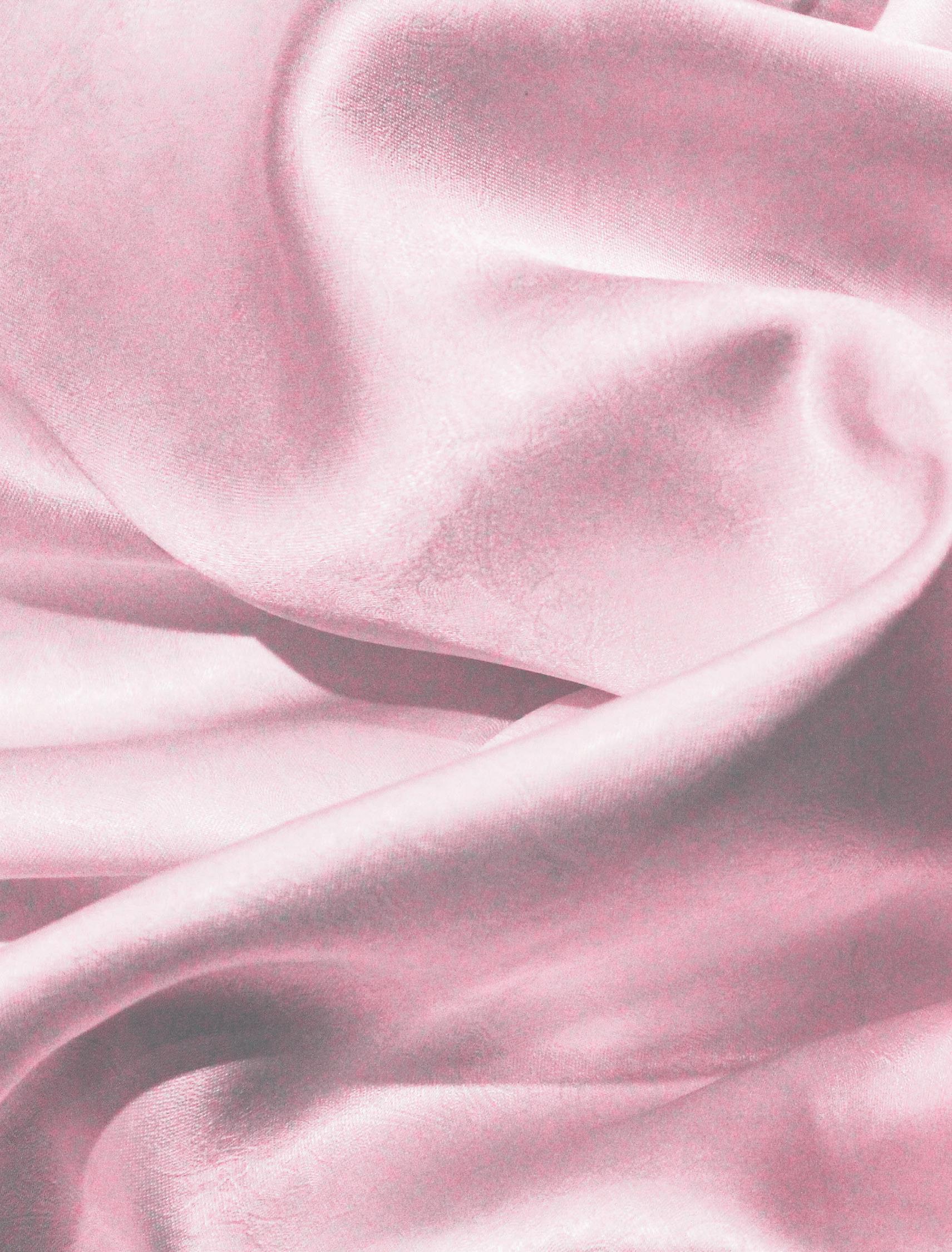
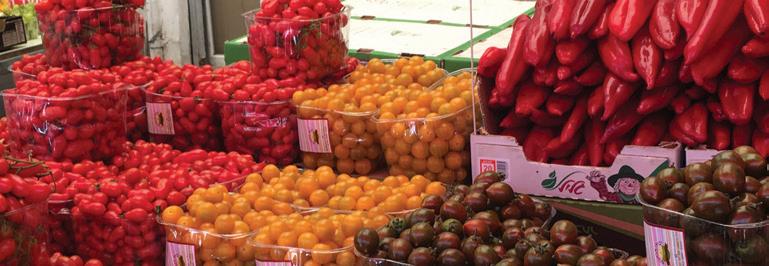
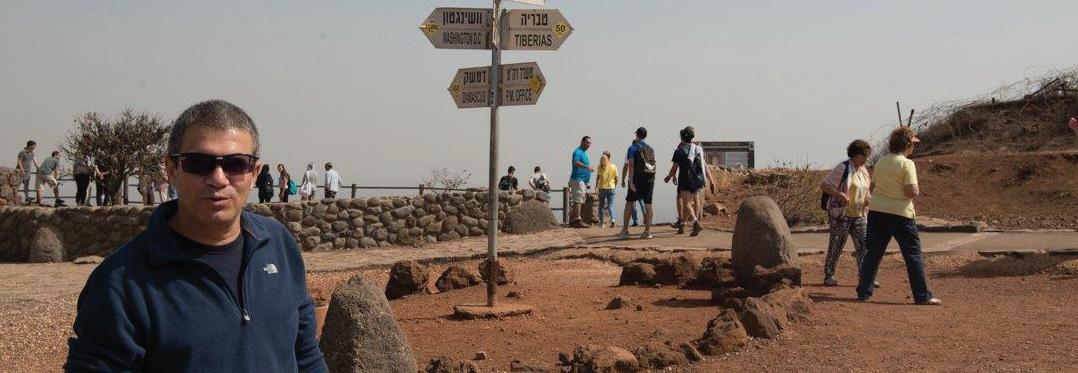
DIAMONDS
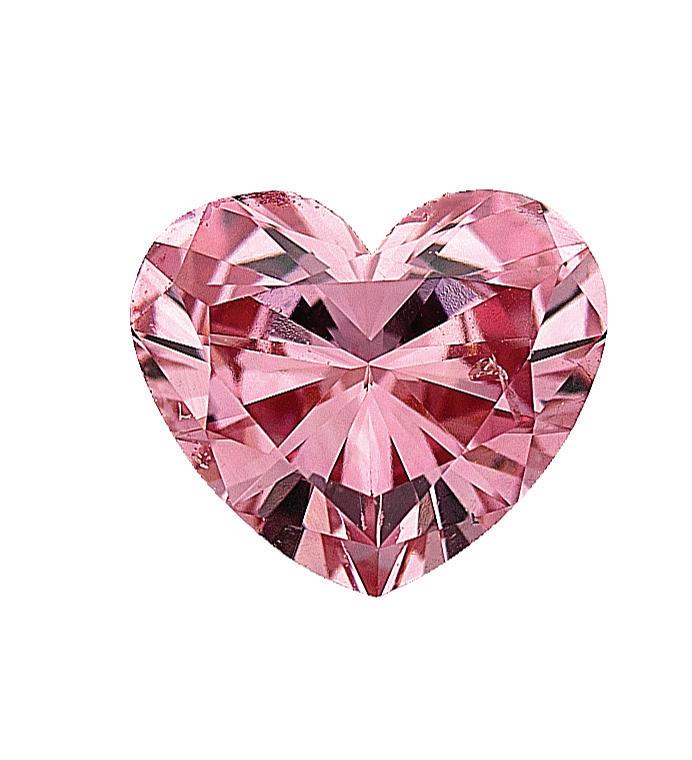
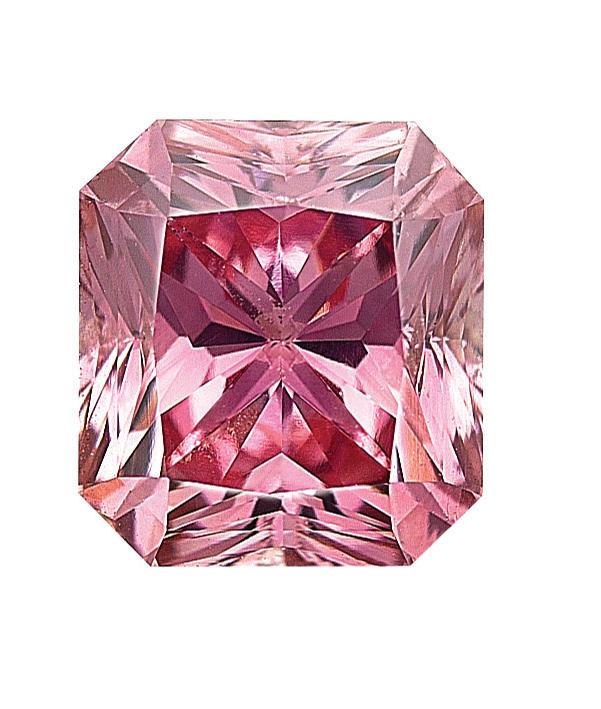
ARGYLE PINKS DIAMONDS as well as other COLOURED DIAMONDS are available at Ian Sharp Jewellery. Start your Pink journey with us today. There is nothing on earth quite like an Argyle Pink Diamond. The returns on pinks have outpaced the stock market and the Argyle mine has ceased production as of the end of 2020. With no more new supply, now is the time to get your rare Pink Diamond.




